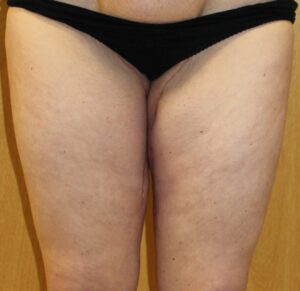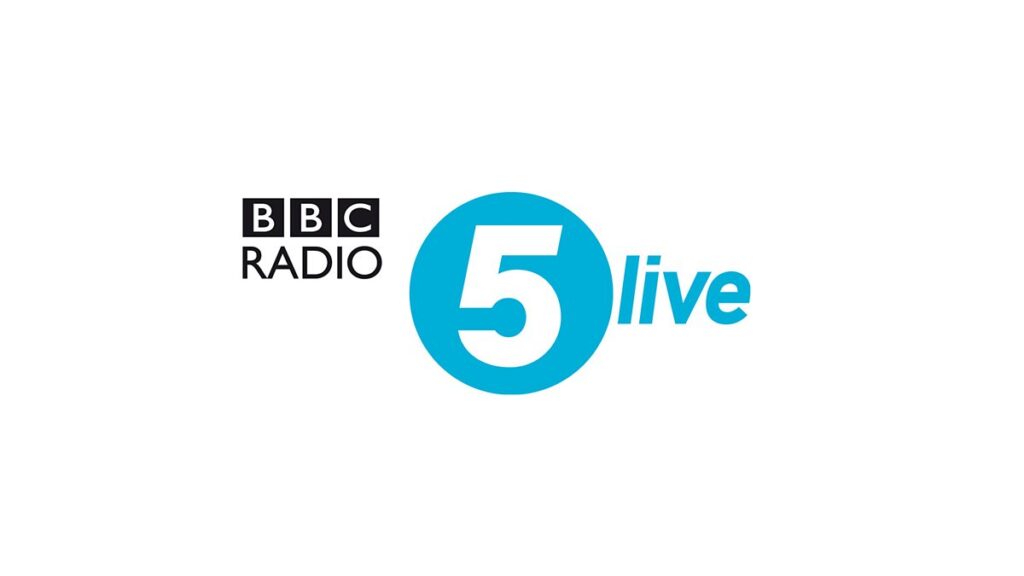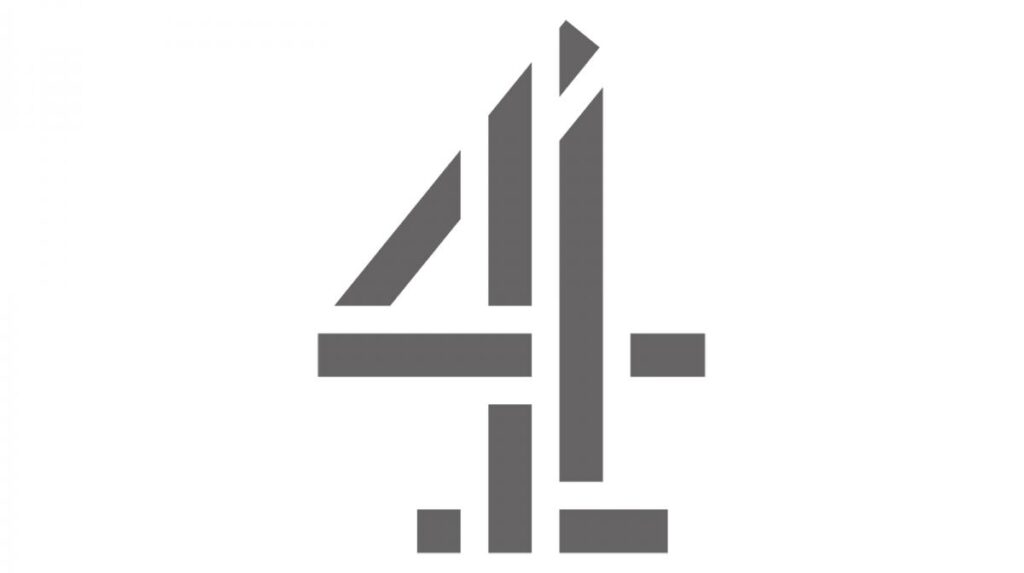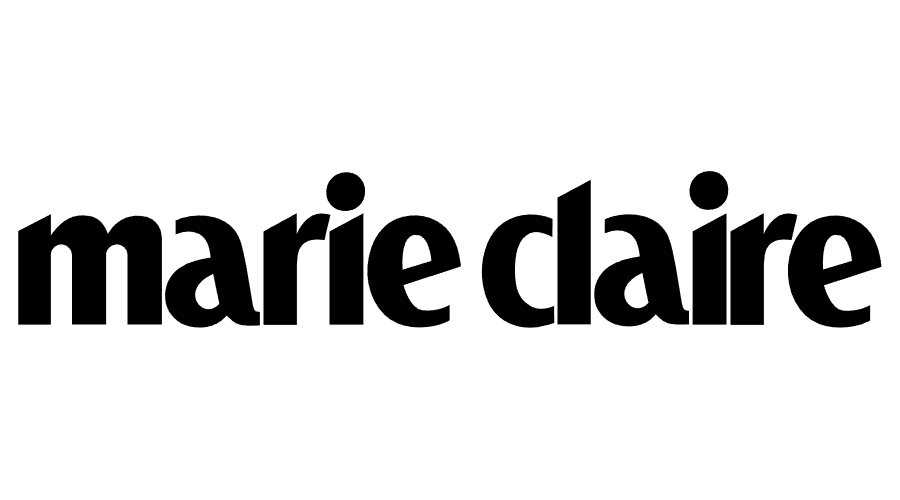What Is A Thigh Lift?
A thigh lift is an operation designed to rejuvenate the thighs and removes excess fat and skin. It is often performed for patients who have either lost a lot of weight or to remove the excess loose tissue. It is also usually combined with liposuction.
Who Is It Suitable For?
For those of normal stable body weight who have developed excess skin and / or fat.
Who Might Not Be Suitable For A Thigh Lift?
You may not be a good candidate for a thigh lift if you’ve got a significant medical history. Be honest about this during your consultation. It’s also not suitable for those who have been encouraged by others to undergo cosmetic surgery, anyone with unrealistic expectations or those who smoke.
How Much Does A Thigh Lift Cost?
If the surgeon believes you’re a good candidate for a thigh lift, you will be given a quote for surgery after your initial consultation. This will include all applicable fees. The exact cost of a thigh lift can differ depending on what is required.
What To Expect During Your Consultation?
The success of the consultation depends on your openness and honesty in relation to what troubles you and your expectations of surgery. You will be asked questions about your health, desires and lifestyle. Different operations can be tailored to your needs and the potential outcomes and the risks and complications will be discussed with you. The operation removes excess tissue from the thigh area and the type of thigh lift needs to be tailored to the individual. Various types of thigh lift procedures are available and may be combined with liposuction. For patients following significant weight loss, other adjunctive procedures may be required. A consultation regarding the risks and limitations of surgery will help you to choose a procedure that will meet your expectations.
Preparing For Thigh Lift Surgery
The majority of thigh lift procedures require a general anaesthetic. Your health is a prime importance and any cosmetic surgery should be postponed if you are unwell for any reason. It is important that if anything changes with your health that you make contact with us. You should ideally stop smoking 6 weeks prior to surgery and stop taking aspirin, anti-inflammatory drugs and herbal supplements before surgery. You may need preoperative tests prior to surgery, which we will arrange if required. You will generally experience discomfort following the surgery and should aim to be off work for at least 2 weeks depending on the type of work you do.
The Surgery
Thigh lifts often take between 1.5 and 2.5 hours. A classic thigh lift involves an incision along the inner part of the thigh and often extends into the groin crease. The incision can extend towards the knee and can also extend towards the buttock. Liposuction is performed and then the excess fat and skin are removed. Internal stitches are used to tighten the internal lining of the thigh and the skin is sutured using dissolvable stitches. Minimal incisions can be used and extended incisions may also be required. Although it is unusual to require drains, a compressive dressing is almost always used. Occasionally fat and excess skin may be distributed in unusual areas and if this is the case the incisions used may need to be placed in other areas.


After Surgery
You will usually return to the ward within an hour following surgery and you will be encouraged to mobilize. You will usually not have drains in place and you will be able to drink and eat and mobilize as soon as the anaesthetic wears off. You will feel swollen and have some discomfort that will usually require analgesia. You will be able to go home the next day and should keep the wounds dry for the next week. You should arrange someone to pick you up following surgery and you should have some support at home on discharge. You will be reviewed in the clinic and the wounds checked at a week. You should avoid excessive exercise over the first week but you will be able to resume normal exercise by 2-3 weeks. You should begin massage to the scar once healed. Pictures are included of a lady who underwent a thigh lift and one can see at 1 week the appearance of the scar. There is bruising and swelling. By 6 weeks the scars have settled down and it is important for patients to massage during this time to optimize the scar quality.
Risks And Complications
The vast majority of patients are delighted with the procedure although common complaints include numbness, bruising, swelling especially around the scar line and a slight difference between the two sides. Uncommon complications include infection, haematoma, delayed healing/skin necrosis/skin loss, persistent seroma formation and thickened scar. There are uncommon risks of general anaesthesia such as respiratory/cardiac compromise and deep vein thrombosis.
























